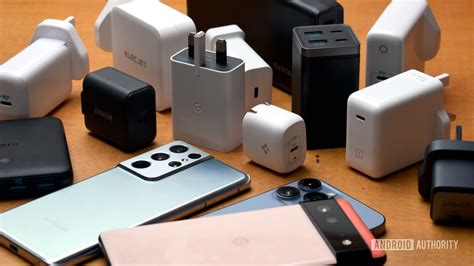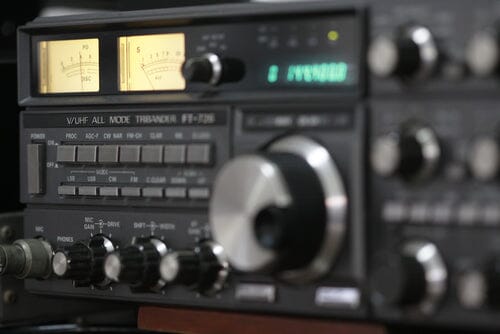Can You Make an SWR Meter?
Building your own SWR meter can be a fun and educational project for anyone interested in radio communication. An SWR (Standing Wave Ratio) meter helps you see how efficiently your antenna is sending power from your CB or ham radio. While it’s easy to buy a cheap UHF VHF SWR meter online, you can also build a simple one yourself with just a few electronic parts and some patience.
What an SWR Meter Does
An SWR meter measures how much power is reflected from your antenna back into your radio. A perfect setup has a 1:1 ratio, meaning all power goes out, none comes back. A high SWR, such as 3:1 or higher, means you’re losing power and possibly damaging your transmitter. CB radio SWR meters are usually designed for 27 MHz, while UHF/VHF SWR meters cover higher bands like 144 MHz or 440 MHz.
Basic Components You’ll Need
- Directional coupler: Splits a small portion of the signal for measurement.
- Two diodes: Detect forward and reflected RF signals.
- Resistors and capacitors: Smooth and measure voltage.
- Micro-ammeter or digital display: Shows the SWR reading.
- Coax connectors (SO-239 or PL-259): Connect to your radio and antenna.
How It Works
The directional coupler samples part of the signal from your transmission line. Two diodes act as detectors — one for forward power and one for reflected power. The voltages are displayed on a meter as an SWR ratio. This basic design works well for learning how signal reflection behaves in radio systems.
Can a Diode Be Used as an SWR Power Meter?
Yes, a diode can be used as part of an SWR power meter circuit. The diode converts radio frequency energy into direct current voltage, which can then be measured. However, this method requires careful calibration and shielding. For most users, it’s more practical to buy a cheap UHF VHF SWR meter for reliable results.
Testing and Calibration
Once assembled, you’ll need to test your homemade meter. Connect it between your radio and antenna, then transmit at low power. Adjust the calibration knob until the meter reads correctly. Compare it to a commercial CB SWR meter to verify accuracy. If the readings match closely, your DIY meter is ready to use.
How to Tune Without an SWR Meter
If you’re still waiting to finish your build, you can tune your CB antenna without an SWR meter. Adjust your antenna’s length while talking to a friend nearby on different channels. Find the position where your signal is strongest and most consistent. Later, confirm it with your DIY or store-bought meter.
Conclusion
Making an SWR meter is absolutely possible if you enjoy simple electronics. It helps you understand how antennas and transmitters interact. Still, for everyday use, a factory-calibrated cheap UHF VHF SWR meter or CB radio SWR meter offers the best reliability. Either way, mastering SWR measurement will improve your radio’s performance and protect your equipment.
FAQ: Building and Using an SWR Meter
Can you make your own SWR meter?
Yes! You can build a simple SWR meter using diodes, resistors, and a small directional coupler. It’s great for learning about RF electronics.
Can a diode be used as an SWR power meter?
Yes, diodes detect forward and reflected RF signals, making them useful for simple SWR meters. Just remember to calibrate carefully.
How to tune a CB antenna without an SWR meter?
Adjust the antenna length while checking signal strength on nearby CB radios. Find the point with the clearest signal on all channels.
What’s the difference between a CB SWR meter and a VHF/UHF SWR meter?
A CB SWR meter works around 27 MHz, while a UHF/VHF meter handles 144 MHz and higher. Always match your meter to your radio’s band.



